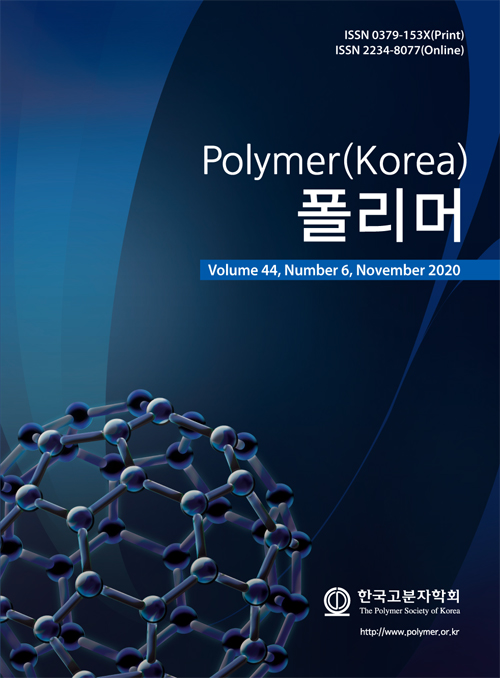- Variations in the Tensile Strength in Material Extrusion-type 3D Printed Specimens for Various Tool Paths
Department of Mechanical Design and Manufacturing Engineering, Graduate School of Seoul National University of Science and Technology, 232 Gongneung-ro, Nowon-gu, Seoul 01811, Korea
- 재료 압출 방식 3D 프린팅 시편에서 적층 경로에 따른 인장강도의 변화
서울과학기술대학교 기계디자인금형공학과
A material extrusion (ME)-type
3D printed article has limited strength and durability because a thermoplastic
resin in the form of a filament is deposited through a nozzle and becomes a
product. In this study, the tensile characteristics of ME-type 3D printed
specimens were examined according to the tool path. The tensile strengths of
thirteen specimens with various tool paths, including seven symmetrical tool
paths and six asymmetric tool paths, were measured and discussed. In addition,
the tensile strengths of bulk and weldline specimens molded by injection
molding were compared with the 3D printed specimens. The specimens fabricated
by 3D printing with tool paths of 15/-15 and 30/-30 had higher tensile strength
than the bulk specimen, and the lowest tensile strength was found in the 3D
printed specimen with a tool path of 90/-90. High tensile strengths were
demonstrated in the 3D printed specimens when the specimens were fractured at
the surface where the maximum shear stress occurred. This study verified that a
higher tensile strength than that of the bulk specimen can be obtained by
controlling the tool path in the 3D printed specimens.
재료 압출 방식 3D 프린팅은
필라멘트 형태의 열가소성 수지가 노즐을 통해 압출되면서 제품을 형성하기 때문에 적층물의 강도 및 내구성에 한계를 가진다. 본 연구에서는 재료 압출 방식 3D 프린팅에서 적층 경로에 따른
인장특성을 분석하였다. 대칭 적층 경로 7개, 비대칭 적층 경로 6개로 총 13가지의
적층 경로로 시편을 제작하여 인장강도를 비교하였다. 또한 사출 성형으로 벌크(bulk) 및 웰드라인 시편을 제작하여 3D 적층 시편과 인장강도를
비교하였다. 3D 프린팅 시편의 적층 경로 15/-15와 30/-30 시편에서 벌크 소재보다 높은 인장강도를 보였으며 적층 경로
90/-90 시편에서는 가장 낮은 인장강도를 보였다. 3D 적층 시편에서 최대 전단 응력이
발생하는 면에서 파단 되는 경우에 인장강도가 가장 크게 나타났다. 3D 프린팅에서 적층 경로 조절을
통해 소재 고유의 인장강도보다 더 큰 인장강도를 갖는 적층물을 얻을 수 있음을 확인하였다.
Keywords: 3D printing, material extrusion-type 3D printing, tool path, tensile strength, anisotropy
- Polymer(Korea) 폴리머
- Frequency : Bimonthly(odd)
ISSN 0379-153X(Print)
ISSN 2234-8077(Online)
Abbr. Polym. Korea - 2023 Impact Factor : 0.4
- Indexed in SCIE
 This Article
This Article
-
2020; 44(6): 769-775
Published online Nov 25, 2020
- 10.7317/pk.2020.44.6.769
- Received on May 7, 2020
- Revised on Jul 2, 2020
- Accepted on Jul 2, 2020
 Correspondence to
Correspondence to
- Min-Young Lyu
-
Department of Mechanical Design and Manufacturing Engineering, Graduate School of Seoul National University of Science and Technology, 232 Gongneung-ro, Nowon-gu, Seoul 01811, Korea
- E-mail: mylyu@seoultech.ac.kr










 Copyright(c) The Polymer Society of Korea. All right reserved.
Copyright(c) The Polymer Society of Korea. All right reserved.